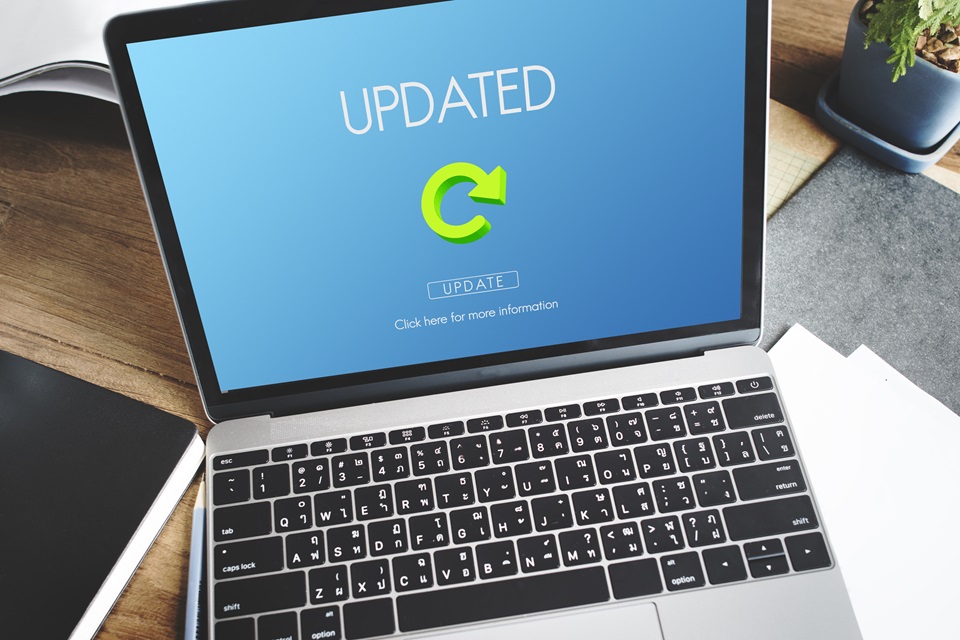The Legal Entity Identifier (LEI) has emerged as a cornerstone of transparency and trust in today’s global financial landscape. For businesses engaged in financial dealings worldwide, keeping the LEI current is more than a regulatory requirement; it’s a critical factor in seamless operations and maintaining a solid reputation. This guide aims to demystify updating your LEI, emphasizing its importance and outlining each step in an easy-to-follow manner. This essential process is a key part of maintaining your status in the global LEI Register.
Table of Contents
The Significance Of An Updated LEI
An active LEI is vital for conducting various financial transactions, especially in international arenas. It ensures that businesses are identifiable in the global market, aiding in risk assessment and establishing credibility with investors, partners, and regulatory bodies.
Step-By-Step Guide To Updating An LEI
Step 1: Verifying LEI Status
Begin by checking the current status of the LEI. This can be done through the LEI issuing organization’s website or a global LEI index. Enter the LEI code to view the entity’s details and determine if a renewal is due.
Step 2: Selecting A Service Provider
Once it’s established that the LEI requires updating, choose a service provider accredited by the Global Legal Entity Identifier Foundation (GLEIF). Opt for one that offers an efficient renewal process and robust customer support.
Step 3: Gathering Necessary Information
Prepare to update the LEI by gathering essential details about the legal entity. This includes the entity’s official name, registration number, address, country of formation, and parent company information, if applicable. Accuracy in this step is crucial.
Step 4: Application Submission
With the required information at hand, submit the renewal application through the chosen service provider, usually via their online platform. Ensure all details are correct before submission to avoid any errors. After submitting your application, you must check the updated information on the LEI Register to ensure all details are current and accurately reflect your entity’s status.
Step 5: Paying The Renewal Fee
After submitting the application, pay the renewal fee, which varies based on the service provider and chosen renewal period. Options typically include annual renewal or multi-year renewal plans.
Step 6: Undergoing Verification
The service provider will then verify the submitted information against public sources and databases, a step that underpins the integrity of the LEI system.
Step 7: Receiving The Updated LEI
Once verified and approved, the updated LEI will be issued. The service provider will notify about the renewal, and the new LEI will be published on the global index, accessible for verification.
Step 8: Monitoring & Future Renewals
Regular monitoring of the LEI status and awareness of its expiration date are essential. Setting reminders for future renewals can prevent lapses, ensuring uninterrupted participation in financial activities.
Overcoming Challenges
Maintaining Data Accuracy
Ensuring the accuracy of the data provided during renewal is a common challenge but essential for a smooth process and compliance.
Adapting To Global Variations
The LEI requirements and updating process may differ across jurisdictions. Awareness of these variations is vital for entities operating in international markets.
Seeking Expert Assistance
Professional assistance from corporate financial compliance experts can be sought for those finding the process complex. They can provide guidance and streamline the renewal process.
Conclusion
Updating an LEI is vital for businesses to manage effectively by following this structured guide. This process ensures compliance and demonstrates a commitment to integrity and transparency in the global financial arena. An up-to-date LEI is not just a code; it’s a testament to a business’s dedication to operating with clarity and trustworthiness in the interconnected world of finance.



